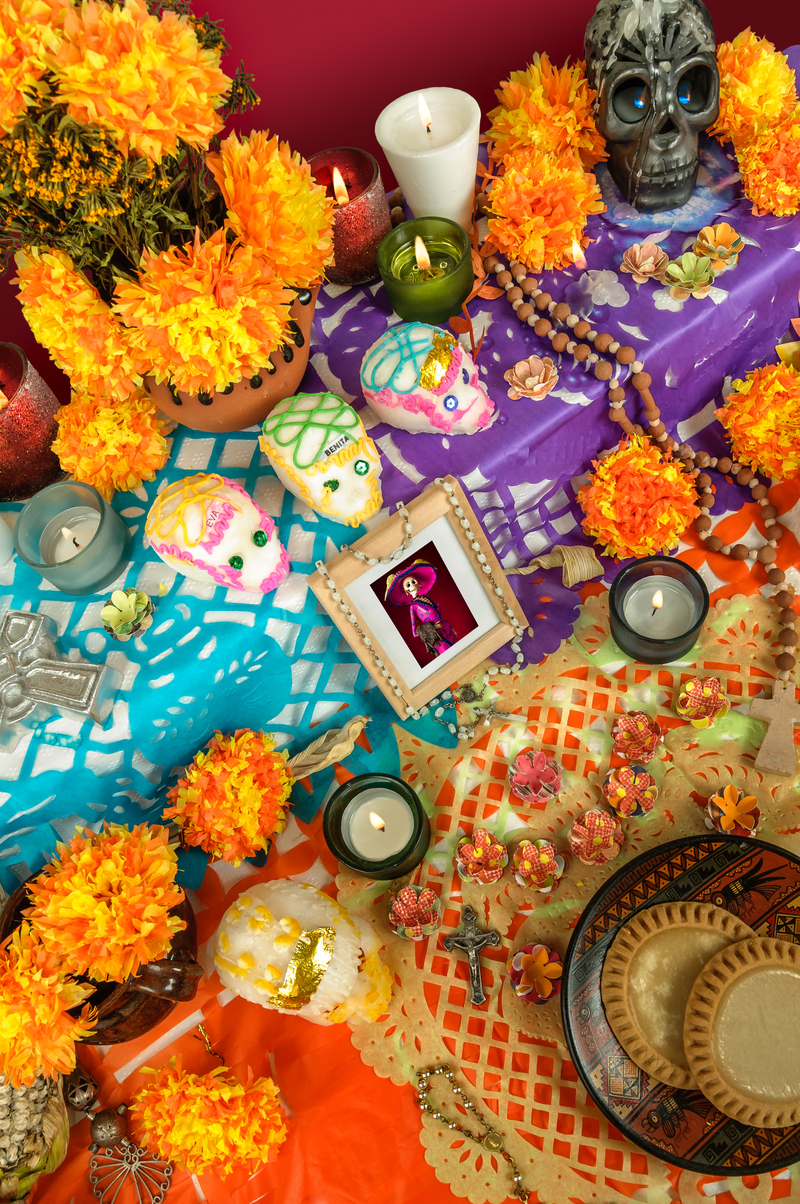From Petals to Plate: Our Favorite Edible Blooms
Posted on 01/08/2024
Edible flowers have been used in culinary creations for centuries, adding color, flavor and nutritional value to various dishes. These beautiful blooms not only add a unique touch to our plates, but they also bring a sense of freshness and creativity to any meal. In this article, we will dive into the world of edible flowers and discover some of our favorite varieties that can be incorporated into your everyday meals. From petals to plate, these blooms are sure to elevate your dining experience.
Exploring the Variety of Edible Flowers
There are numerous types of edible flowers available, each with its own distinct flavor profile and health benefits. Some common varieties include pansies, lavender, roses, violets, and dandelions. These flowers not only add a pop of color but also provide an array of vitamins, minerals, and antioxidants.
Pansies have a slightly sweet taste and come in a variety of colors including purple, yellow and white. Lavender has a strong floral flavor and is often used in teas or infused in desserts. Roses have a delicate flavor and can be used in both sweet and savory dishes. Violets have a mild flavor with hints of sweetness, making them perfect for salads or garnishes. Dandelions are highly nutritious and have a slightly bitter taste which pairs well with acidic dressings.

Incorporating Edible Blooms into Your Meals
One of the best things about using edible flowers in cooking is their versatility. They can be used in both sweet and savory dishes, adding unique flavors as well as visual appeal. Here are some ideas for incorporating these blooms into your meals:
1. Salads: Add edible flowers like nasturtiums or chive blossoms to your salads to add both color and flavor.
2. Desserts: Use lavender or rose petals to infuse cream or make syrups for cakes and pastries.
3. Beverages: Edible flowers can also be used to make refreshing drinks, such as rose petal lemonade or hibiscus iced tea.
4. Main Course: Experiment with edible flowers in your main dishes by using them as a garnish or incorporating them into sauces and marinades.
The Pros and Cons of Using Edible Flowers
Like any other ingredient, there are pros and cons to using edible flowers in cooking. Let's take a look at some of the advantages and disadvantages:
Pros:
1. Nutritional Value: Edible flowers are rich in vitamins and minerals, making them a healthy addition to meals.
2. Versatility: With their various flavors and uses, edible flowers offer endless possibilities in cooking.
3. Aesthetics: These blooms add vibrant colors and visual appeal to dishes, making them perfect for special occasions.
Cons:
1. Allergies: Some individuals may have allergies to certain types of edible flowers, so it is important to be cautious when introducing them into meals.
2. Availability: Edible flowers may not be easily accessible in all areas, limiting their use for some people.
3. Taste: While most edible flowers have pleasant flavors, some may have a bitter or unpleasant taste that can affect the overall taste of a dish.
Tips for Choosing and Using Edible Flowers
Here are some tips to keep in mind when selecting and using edible flowers:
1. Choose organic flowers whenever possible to avoid any potential chemical contamination.
2. Use only petals from fully bloomed flowers, as younger buds may contain toxins.
3. Avoid using flowers from florists or garden centers, as they may have been treated with pesticides not suitable for consumption.
4. Wash the blooms thoroughly before use and remove any green parts or stamens that can have a bitter taste.
5. Use edible flowers sparingly until you become familiar with their flavors and effects on meals.

Takeaways
Edible flowers are a unique and creative way to add flavor, nutrients and visual appeal to your everyday meals. With so many varieties available, the possibilities are endless. However, it is important to be cautious when introducing edible blooms into your dishes, especially if you have allergies or sensitivities. Choose organic flowers, wash them thoroughly, and experiment with small amounts until you find the perfect balance for your taste buds.
In Conclusion
From petals to plate, edible flowers offer a delightful addition to any dish. They not only add a burst of color but also bring nutritional value and distinct flavors to the table. With a little creativity and some caution, incorporating these blooms into your cooking can elevate your dining experience and impress your guests. So go ahead and explore the world of edible flowers - there is so much more than meets the eye!


